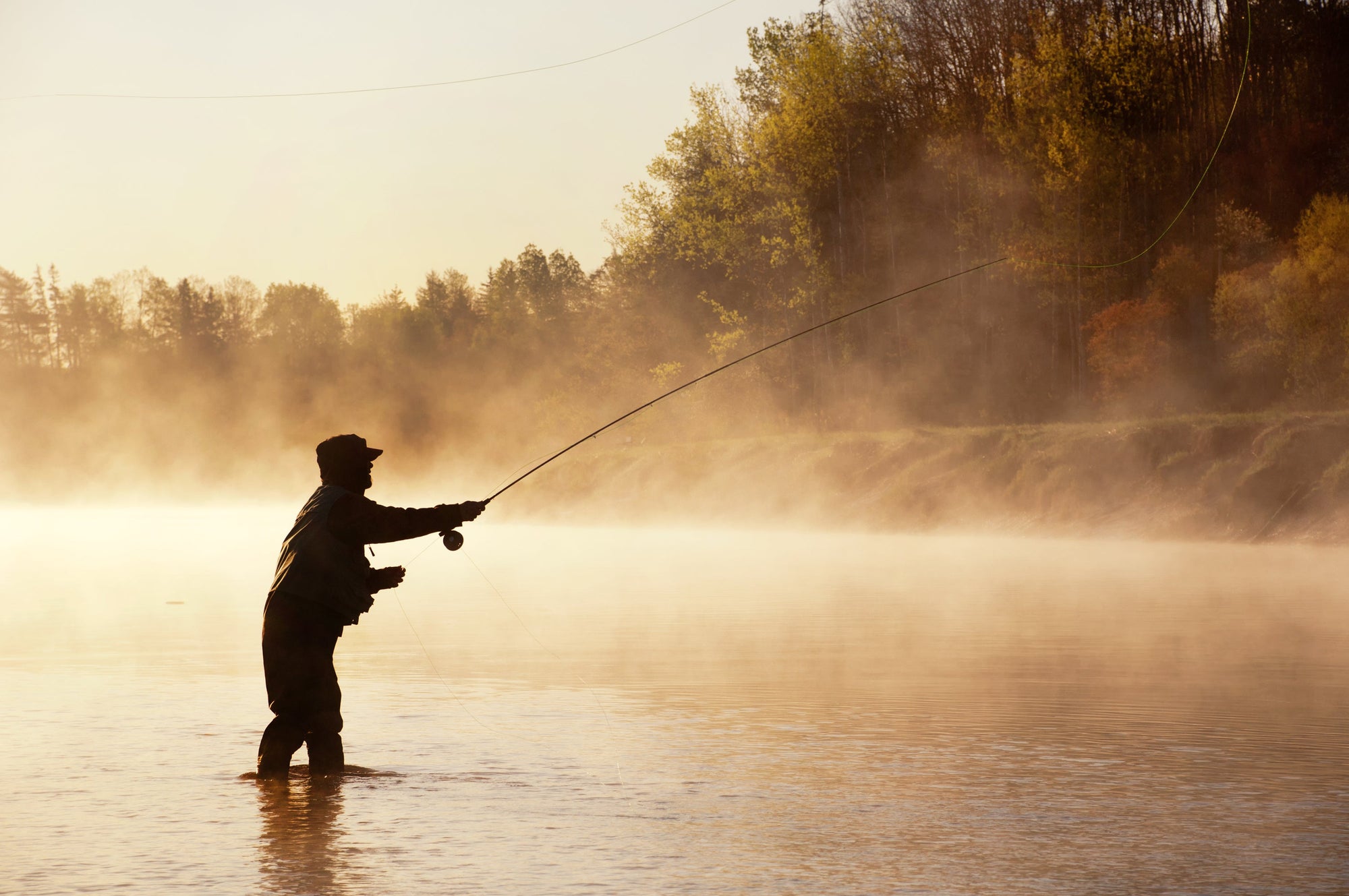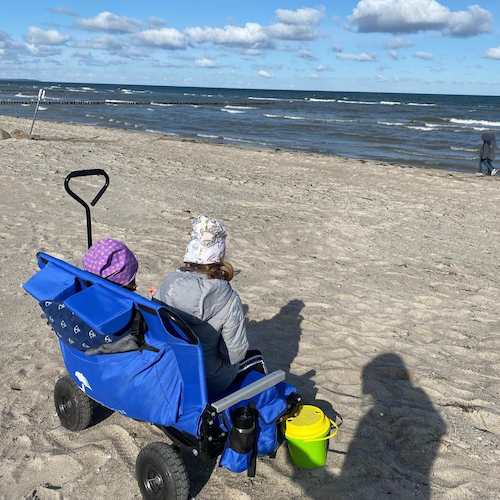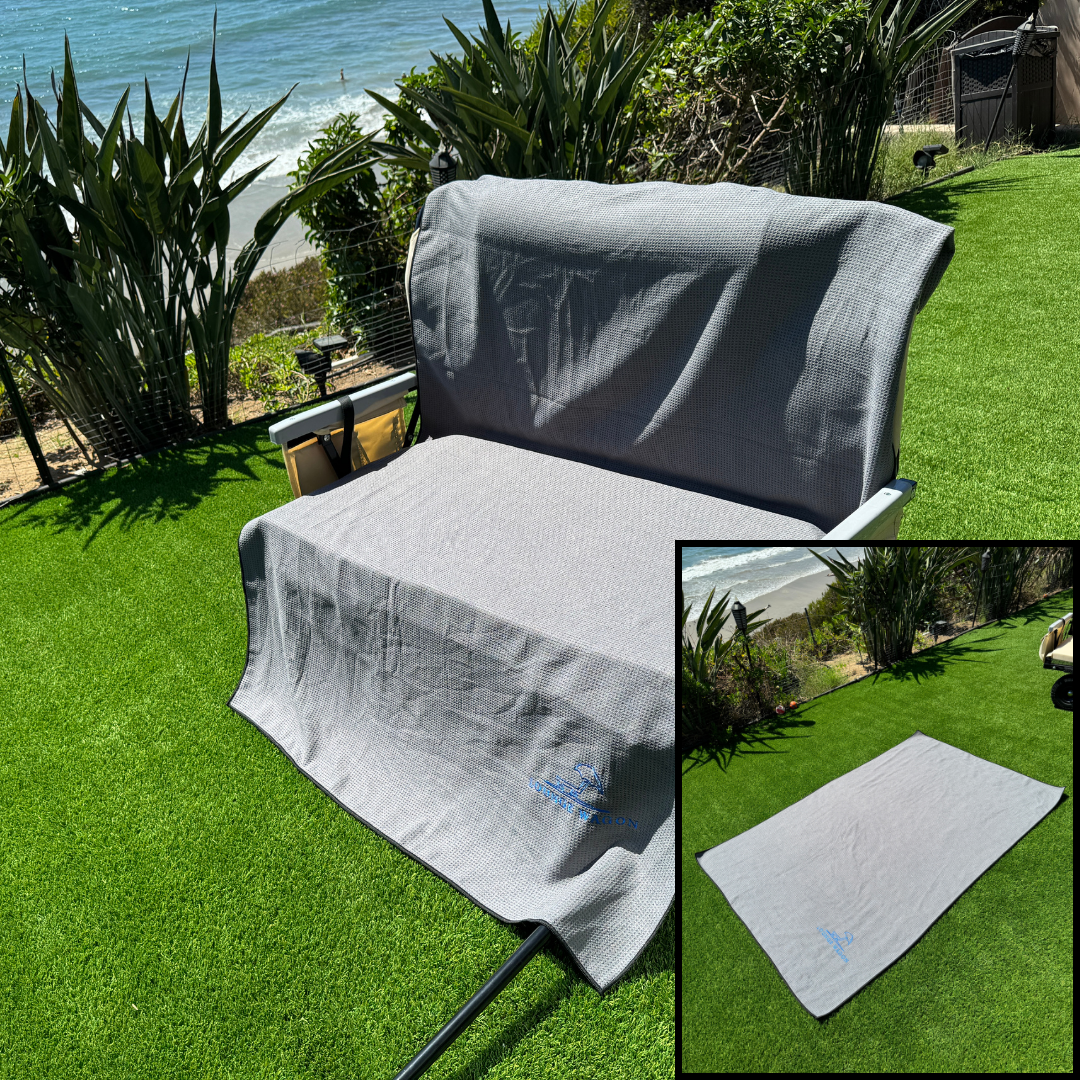
In spin or conventional fishing, most of the weight of the line is in the lure - the thing on the end of the line that you use to attract fish. When you cast a traditional spin fishing line into the water, the weight of the lure pulls on the line, unravels it, allowing the lure to travel through the air and plop in the water. Then you wait for a fish to take the bait and reel it in.
Fly fishing is different. The lures in fly fishing weigh very little, meaning that you can’t easily cast them into the water with a standard line. The weight of a traditional hair jig in spin fishing will cast like a bomb. You can throw it out, and it’ll travel through the air with no issue whatsoever. A fly used in fly fishing, by contrast, doesn’t have the same weight - at least not by itself. Thus, in fly fishing, the line itself is weighted.
Where Can You Fly Fish?
You fly fish practically anywhere: in rivers, lagoons, ponds, and the sea. People fly fish in both fresh and saltwater. Most people like to go to location off the beaten track.
Why Do People Love Fly Fishing?
For some people, fly fishing has very little to do with catching fish. It’s more about traveling, finding beautiful locations, and connecting with nature. For others, it is about relaxing and clearing the mind of all distractions. But perhaps the most significant appeal of fly fishing is that it is a fascinating way to fish. Using false insects on the lure allows you to catch a variety of freshwater, saltwater, and cold-water fish, like salmon, trout, and bass, using a technique that goes back centuries.
What Equipment Do You Need For Fly Fishing?
The equipment you need for fly fishing is similar to what you need for regular spin fishing, though there are some differences.
The most critical piece of equipment is a weighted rod that corresponds to the weighted line. You need to make sure that the two match up to each other so that you can effectively cast your line into the water.
Depending on where and how you like to fish, you may need other gear too, including wading boots, reel outfit, waterproof bag, a rain jacket if the weather turns on you, and plenty of sun protection.
The weight of the rod that you should choose differs depending on your location. If you’re fishing in a small stream, then select a 3 to 4 weight rod and line. If you’re in a large river moving faster, then choose a 5 or 6 weight rod and line.
You’ll also need to invest in leaders and tippets. Choose 9 to 12-foot leaders for the season, and use spools of 3x, 4x, 5x, and 6x tippet material. You’ll typically find that 9 foot 4x is the most versatile combination suitable for a variety of situations.
Finally, don’t forget fly floatant paste, dry bags, fishing rod holder, forceps, and a hip pack to hold all your gear.



